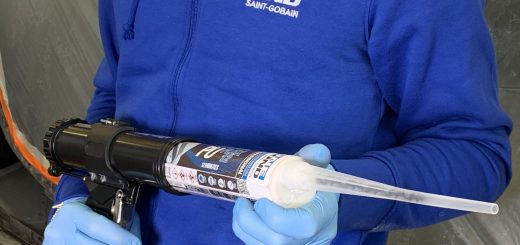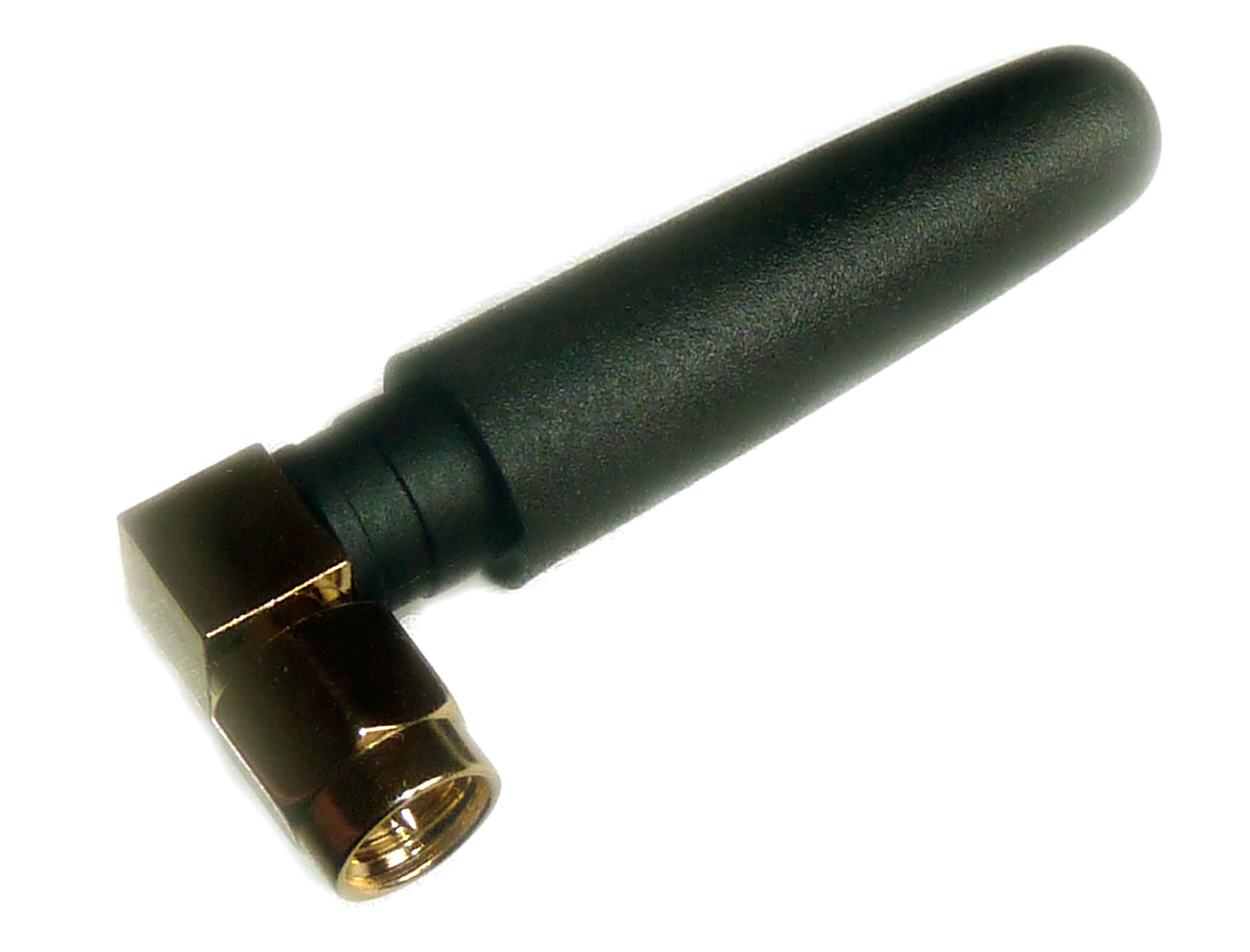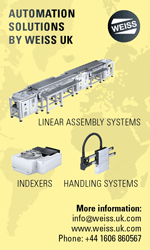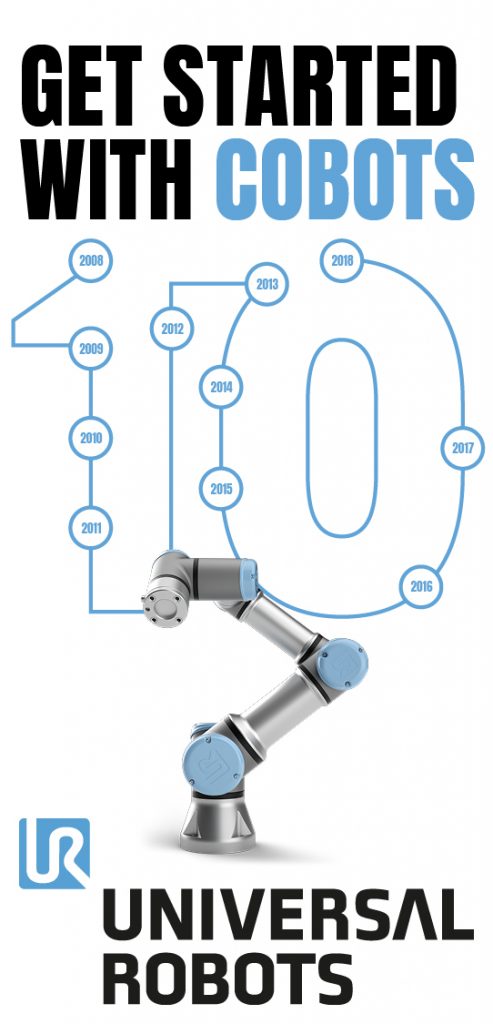5 Steps to Kick-start Your Successful Hyperautomation Journe By Giap Bui Dinh – CEO of akaBot & Head of Hyperautomation, FPT Software
Hyperautomation has been one of the top strategic technology trends to improve business efficiency and effectiveness. It involves the use of multiple technologies, tools and platforms, particularly artificial intelligence (AI) and machine learning (ML) to remove bottlenecks, improve processes and reduce repetitive manual tasks. However, in the rush to get on the bandwagon, many organisations end up spending money on technology that may not address the actual root causes of problems.

Human like robot talking to artificial intelligence. Concept. 3D illustration
Hyperautomation is about using a structured framework to help you avoid the risks and achieve successful outcomes and an ongoing plan for continuous improvement into the future.
Understand your business goals and strategy: This enables you to refine your priorities and business intent, creating a clear vision of where you are today and where you want to be in the future.
- Get people on board
One of the most powerful things you can do to successfully kick-off your Hyperautomation journey is to get everyone on board with the business goals and strategy. Utilising Organisational Change Management early on increases engagement and minimises adoption risk. Getting people excited and including them through the change process helps them feel a part of solutions and increases collaboration. - Determine the best place to start
Pick the low hanging fruit first; starting small with the easiest tasks for automation is a wise choice as the benefits can be quickly showcased. This allows you to increase the user adoption rate and your business’s ROI. The best practice here is to select 1 or 2 simple tasks in the back office (accounting or finance), human resources, talent acquisition and management or quote-to-cash sales processes and automate.
- Assess the current status
Automation applied to an efficient operation will magnify the efficiency. Automation applied to an inefficient operation will magnify the inefficiency. Only 4% of businesses track and monitor internal processes, which means they lack crucial knowledge about what’s going on inside their systems. You should utilise both process mining tools and Lean Six Sigma methodologies to fix processes before automating them. This approach reveals the whole operation including the streamlined parts and the inefficient, broken, repetitive, time-consuming processes. By integrating process mining, robotic process automation (RPA), intelligent automation (IA), artificial intelligence (AI) and Machine Learning (ML) into a toolbox, hyperautomation enables end-to-end process redesign, automation and monitoring. The insights collected become actionable for business process optimisation. Thus, businesses can apply automation to rule-based tasks and integrate intelligence with RPA when needed. - Establish a hyperautomation path with a Future State Roadmap that includes a Technology roadmap
By mapping out your hyperautomation intent, you create a path forward to implement improvements in phases; to see improvements along the way, while minimising business disruption and adoption risks. This transparency shared among leadership and teams ensures they fully understand where the organisation is along the journey and their share in successes. - Continuously improve
Business optimisation does not stop when you reach your initial targets. You must continually monitor and review what has been achieved and what further improvements and new technologies might now be relevant to use as your processes evolve. Even if you start small, hyperautomation provides you with a framework to continuously improve your business.
Hyperautomation is a process that helps you understand where you are today and prepares you for the future and beyond.
















